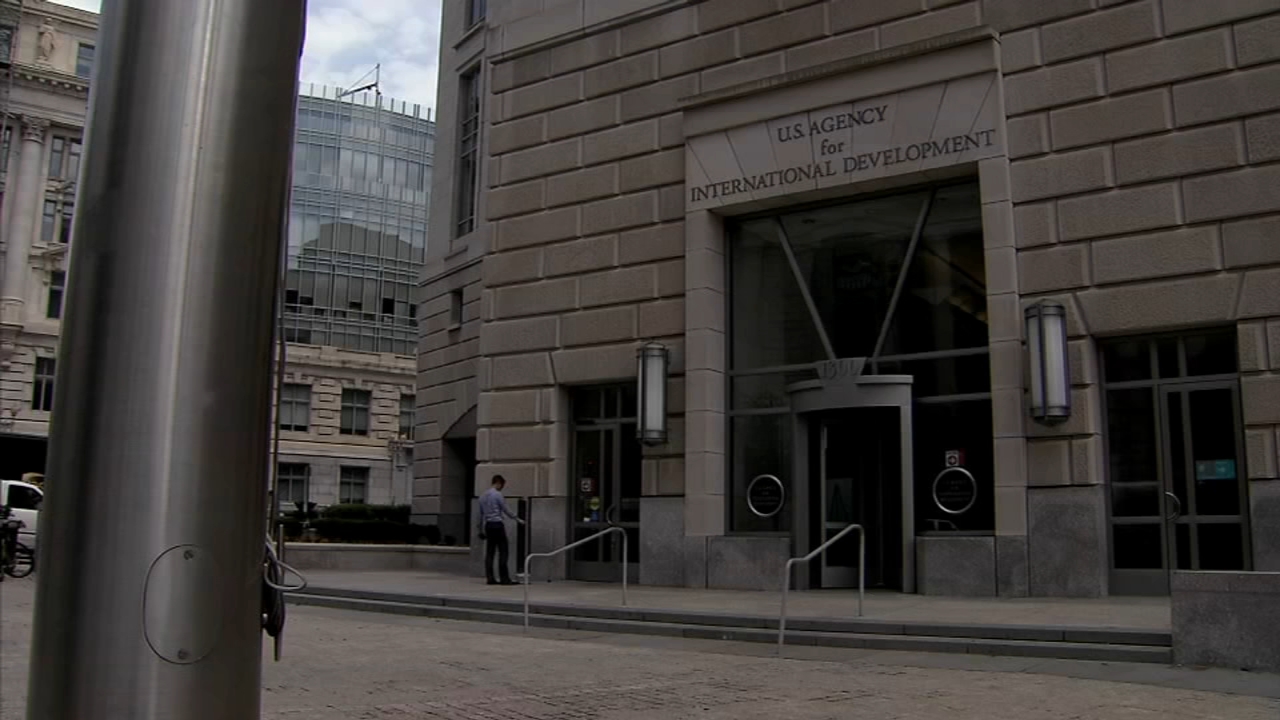California got a lot of rain this year and groundwater is the key to storing it
Reservoirs and snowpack are at record levels but experts say it's not enough to reverse long-term to a warmer, drier climate.
CALIFORNIA (KABC) -- The intense storms over the last few months have brought more water to California than we know what to do with.
For example, in downtown Los Angeles, January through March was the wettest quarter since 2018 with more than 22 inches recorded in that three-month period.
Click here to open in a new window.
But long term, the amount of rainfall in the area is still down compared to trends decades ago.
The last five years of rainfall in the downtown area total just under 80 inches from April 2018 to March 2023. That's nearly equal to the total between 2003 and 2008, but 14 inches less than the total between 1978 and 1983.
Click here to open in a new window.
"We're seeing, among other things, the implications of climate change and shifting to a warmer and drier environment," said Jeanine Jones, the Interstate Resources Manager at the California Department of Water Resources.
"But we do get these occasional wet years that punctuate that dry condition and that's why we really need to make the effort to store as much water as we can when it's wet," she said.
The key to that storage is underground aquifers, because they store the most water in the state, according to Jones.
"Surface water reservoirs don't store nearly as much water as our groundwater bases do and the groundwater basins have been very depleted over multiple years, because we've had such sustained drought conditions, really, over more than the last decade."
The Department of Water Resources estimates the state's snowpack capacity is about five trillion gallons. Reservoirs can hold about 16 trillion gallons.
But the state's 515 groundwater basins can hold between 130 to 212 trillion gallons of usable water.
"So it will definitely take more than one wet year to fill up these groundwater basins and groundwater recharge happens very slowly in comparison to the speed at which surface water reservoirs fill," said Jones.
To fill up those groundwater basins, water needs to seep into the soil.
But, "we have paved over everywhere, it's concrete everywhere," said Charming Evelyn, the water committee chair of the Sierra Club, Los Angeles Chapter.
"That water, instead of actually populating back into the aquifers underground where we need it, it's siphoned very, very quickly into the ocean," Evelyn said.
Experts said the future needs more sustainable freshwater resources. Here in California water has been a contentious issue for a century.
"The way we manage water in California is upside down," Evelyn said, explaining that having a lot of imported water in the state causes problems.
"We have to realize we're doing damage to the Colorado [River]...we've already damaged Owens Lake, now it's in mitigation," she said.
"And we as a people, we all have to look at how we manage our water," she said.
Los Angeles County has new projects to capture water and let it seep into the ground.
The San Gabriel river has a series of rubber dams. They can be inflated when needed to hold the water. The water is then released slowly. Officials said approximately 98% of the stormwater runoff from the San Gabriel River was captured.
Experts said we also need to be more prepared for the future.
"We really need to improve our long-term weather forecasting, so that we have the heads up that these kinds of conditions may be coming," said Jones.











